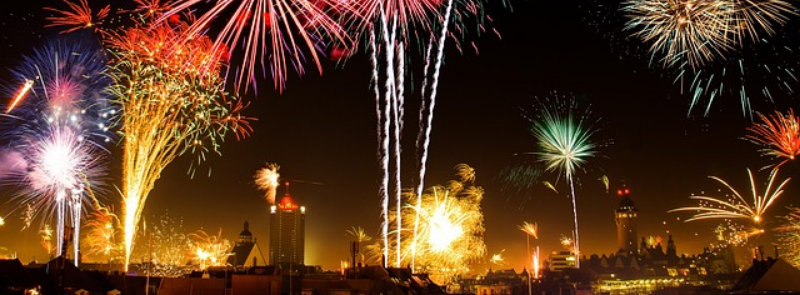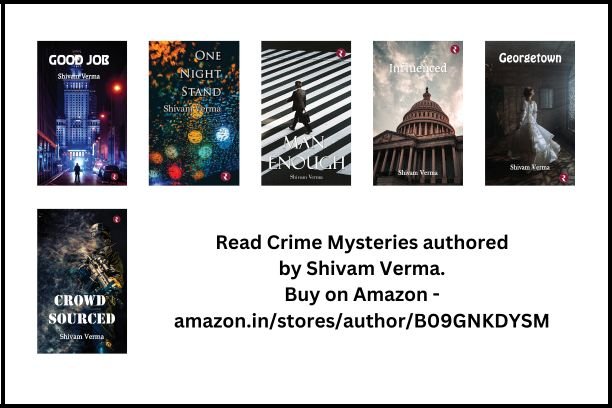
When It Occurs
Every December 31st
Official Website
Timeline
Days Passed (652)
# Hashtags
#Hogmanay #FirstFooting
Hogmanay, a term in Scots referring to the final day of the old year, is synonymous with the Scottish way of celebrating the New Year. This festivity is typically followed by additional merriment on the morning of New Year's Day (1 January) and, in certain instances, on 2 January—a designated Scottish bank holiday. In certain contexts, the term Hogmanay is used more broadly to encompass the entire period spanning the last days of the old year and the initial days of the new year. For example, not all events falling under the umbrella of Edinburgh's Hogmanay occur solely on 31 December.
Origins and History
The origins of Hogmanay likely stem from a mix of Norse, Gaelic, and Celtic traditions, alongside Viking influences. The Vikings celebrated the winter solstice with wild parties in late December, and this likely influenced the Scots' adoption of Hogmanay as a key winter festival.
Before the Gregorian calendar was adopted, New Year was celebrated on March 25th in Scotland, and the switch to celebrating it on January 1st was not made until 1600. However, Hogmanay continued to be celebrated with vigor, particularly since Christmas was not widely observed in Scotland until the mid-20th century due to its association with Catholicism and its ban by the Presbyterian Church during the Reformation. For many years, Hogmanay was the more significant holiday in Scotland, and its traditions have persisted through the centuries.
The Name "Hogmanay"
The exact origins of the word Hogmanay are uncertain, but it may derive from:
- Old French: "hoguinané" meaning a gift for the new year.
- Norse: "Hoggo-nott" meaning the feast before Yule (Yule being the pagan celebration around the winter solstice).
- Gaelic: There are suggestions that it comes from Gaelic or Scots words related to celebration or feasting.
Key Traditions of Hogmanay
Hogmanay in Scotland is full of rich traditions and customs, many of which are unique to the celebration. Some of the most well-known include:
1. First-Footing:
- First-footing is one of the most important Hogmanay traditions. It involves being the first person to enter a home after midnight, bringing good luck for the coming year.
- The "first-foot" traditionally brings gifts, such as coal, whisky, shortbread, or a black bun (a fruitcake wrapped in pastry).
- A dark-haired man is often considered the ideal first-foot, as this stems from Viking times when a fair-haired person showing up at your door might have signaled trouble or invasion. A dark-haired visitor was seen as more auspicious.
2. Auld Lang Syne:
- Singing “Auld Lang Syne”, written by Robert Burns, is a cornerstone of Hogmanay celebrations. The song, which reflects on friendship and the passage of time, is traditionally sung at midnight, with everyone linking arms in a circle.
- This Scottish song is now sung around the world to mark New Year's Eve, but it holds a special place in Hogmanay.
3. Torchlight Processions:
- In cities like Edinburgh, Hogmanay kicks off with a spectacular torchlight procession, where thousands of people march through the streets holding flaming torches, often accompanied by traditional music and costumes. The procession typically ends with a firework display, creating a dramatic and atmospheric start to the celebrations.
- This procession is symbolic of Scotland's Viking past and is often led by costumed Vikings or traditional bagpipers.
4. Street Parties and Fireworks:
- Edinburgh hosts one of the largest and most famous Hogmanay street parties in the world, with tens of thousands of people gathering for live music, entertainment, and fireworks displays.
- The celebrations in Princes Street Gardens and Calton Hill are particularly renowned, with the midnight fireworks show over Edinburgh Castle being one of the highlights.
- Glasgow, Aberdeen, and smaller Scottish towns also host their own street parties, each with its unique flair and community spirit.
5. The Loony Dook:
- On New Year's Day, many Scots participate in the Loony Dook, a cold-water dip in rivers, lakes, or the sea, often for charity. The most famous Loony Dook takes place in the Firth of Forth at South Queensferry, where brave participants, often in fancy dress, plunge into the freezing waters to raise money for good causes.
- This tradition embodies Scotland's sense of fun, resilience, and charity.
6. Redding the House:
- "Redding the House" is an old Scottish tradition where homes are cleaned and prepared for the new year. The idea is to start the new year with a clean slate, and it can also involve settling debts or disputes before the year ends.
- This custom includes cleaning the hearth, symbolizing warmth and good fortune, and is often accompanied by a bit of divination, where the ashes in the fireplace are examined to predict the future.
7. Black Bun:
- Black Bun, a rich fruitcake encased in pastry, is traditionally eaten during Hogmanay. This Scottish cake was historically eaten during Twelfth Night, but it became associated with New Year’s celebrations after the Church discouraged other winter festivities.
- Sharing black bun with friends and family is a symbol of good fortune for the coming year.
8. Burning the Clavie:
- In the town of Burghead on the Moray Firth, an ancient tradition known as Burning the Clavie takes place on January 11th, which was the original date of New Year’s Day before the calendar changed.
- A barrel filled with tar and wood shavings is set on fire and carried around the village before being placed on a hilltop to burn out. This is believed to bring good luck for the coming year.
Modern Celebrations
In modern times, Hogmanay has become one of the UK’s largest New Year’s celebrations, attracting visitors from all over the world, particularly for the Edinburgh Hogmanay festivities, which have grown into a three-day event. Highlights include:
- Concert in the Gardens: This event features live music and performances by international artists, with the stage set against the backdrop of Edinburgh Castle.
- Street Party: One of the biggest New Year’s street parties, with multiple stages featuring live music, DJs, and dancing.
- Candlelit Concert: Held in St Giles’ Cathedral, this is a more reflective and traditional way to welcome the New Year with beautiful music and candlelight.
The Significance of Hogmanay
Hogmanay’s significance goes beyond simply marking the New Year. In Scottish culture, it has long been associated with hospitality, community, and new beginnings. The traditions of first-footing, gift-giving, and clearing out the old year’s bad luck by “redding” the house reflect deeper values of generosity and renewal.
Because of Scotland’s history with the Reformation and the fact that Christmas was not widely celebrated for much of the 20th century, Hogmanay became the main festive celebration of winter. Although Christmas is now widely observed in Scotland, Hogmanay retains its central cultural role and is still the biggest and most anticipated celebration of the season.
Public Holidays and Extending the Celebrations
In Scotland, January 1st and January 2nd are both public holidays, giving people time to recover from the Hogmanay festivities. In many parts of the country, it is common for celebrations to continue well into New Year's Day, with family gatherings, meals, and social visits.
For those who take part in first-footing, January 1st is spent visiting the homes of friends and family, bringing gifts and sharing food and drink.
Conclusion
Hogmanay is a uniquely Scottish celebration, blending centuries-old customs with modern-day festivities. From the spectacular fireworks over Edinburgh Castle to the cozy traditions of first-footing and eating black bun, it is a time of joy, reflection, and community. Whether you're singing "Auld Lang Syne" with friends at a street party or plunging into icy waters for the Loony Dook, Hogmanay is a celebration that embodies the warmth, resilience, and spirit of Scotland.


